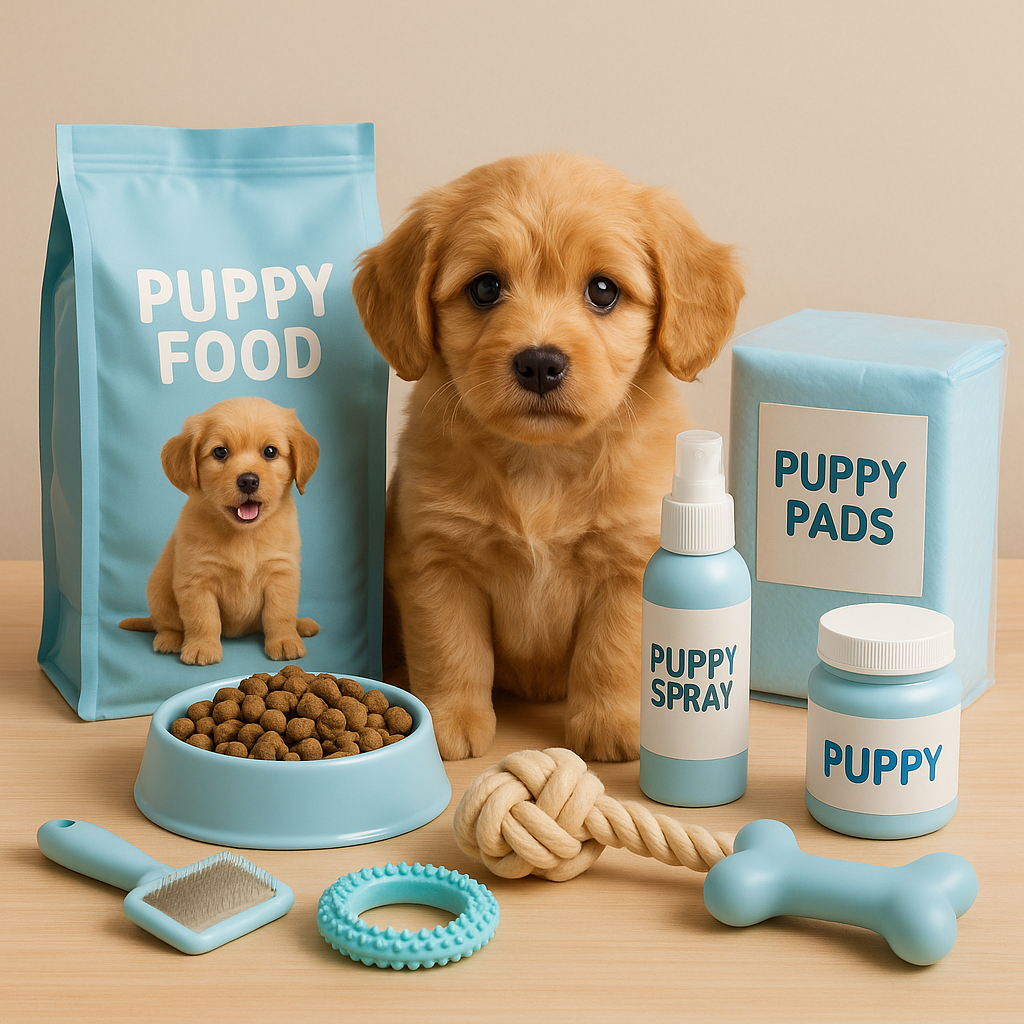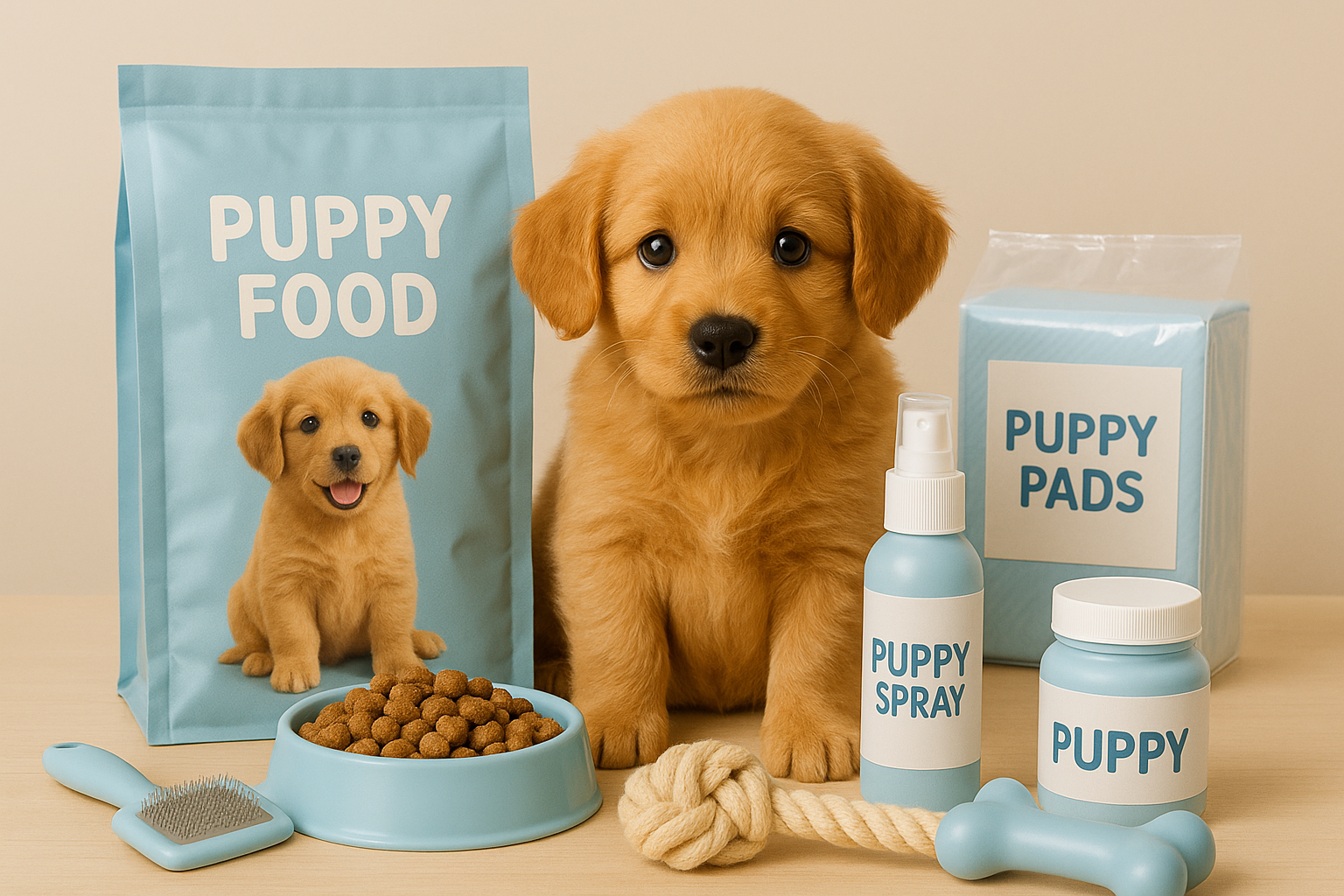Introduction

Bringing home a new puppy is an exciting and joyful experience, but it also comes with new responsibilities. Every puppy is unique, but all require some essential products to ensure they grow healthy, happy, and well-adjusted. Whether you’re a first-time dog owner or adding a new furball to your family, this guide covers all the must-have puppy products you’ll need—everything from feeding essentials to training tools.
Setting your puppy up for success starts with being well-prepared, so let’s dive into the top items that can make your puppy’s transition smoother and your life easier.
1. Quality Puppy Food & Feeding Accessories
Proper nutrition is the foundation of your puppy’s health. Puppies have specific dietary needs that support their rapid growth and development.
- Choose age-appropriate food: Look for brands specifically formulated for puppies. These foods contain the right balance of protein, fat, vitamins, and minerals.
- Breed size matters: Large breed puppies often require different formulas than small or medium breeds to prevent joint problems.
- Portion control: Follow feeding guidelines on the package, and consult your vet for personalized advice.
- Feeding bowls: Invest in non-slip, easy-to-clean bowls. Stainless steel or ceramic bowls are preferred over plastic to avoid bacteria buildup and allergies.
Tip: Consider elevated feeders if you have a larger breed puppy to reduce strain on their neck.
High-quality puppy food

